The resurgence of film photography in women's football
- Text by Hana Basir
- Photography by Harriet Duffy, Raiyan Rafiq

At the UEFA Women’s Euros 2022 final, 25-year-old photographer Harriet Duffy took her favourite image to date. England hadn’t seen a major trophy since 1966, but The Lionesses were favourites and Wembley Stadium was eager to erupt. In extra time, Chloe Kelly’s winning goal sent the country into a frenzy. Using an Olympus MJU with Fujifilm Superia 200, Duffy was quick to capture the moment one of her best friends turned around with her hands in the air and nothing but euphoria on her face. “That was one of the best months of my life,” Duffy remembers.
Duffy had just graduated from university before covering the month-long tournament, and the love she received from the photos still touches her to this day. “Having people messaging me saying they’re now going to the World Cup to immerse themselves with different nationalities because of those images has been a highlight,” she says. “After all, it’s a global game and the fans are what make it.”
Football has always been a game for the people. Whether it’s down the road at a grassroots pitch barely holding itself together, or across the country in a multi-million dollar stadium, it’s a sport with deep ties to regional and national identity and a way of life for millions across the globe. Despite the huge amount of money being made on the business end, the essence of the game still lies in the hearts of its fans. When it comes to capturing the moment, then, it’s unsurprising that film photography is starting to see a comeback – particularly in women’s football in the UK.




Since stadiums have a limit on the kinds of cameras fans can bring in, compact film cameras provide the perfect alternative for hobbyists wanting to capture their own memories from the stands. Meanwhile, in professional settings, most film photography content can be seen in independent football outlets and Instagram.
As a growing game, women’s football isn’t as mainstream as the men’s, and this perhaps allows more room for exploration. Clubs such as Arsenal Women have picked up on the appeal of film photography and used it as social media content, giving the players disposable cameras to toy with. These pictures have been some of the most popular amongst fans, as they show a more intimate side of the game. The light leaks, the blurriness, the grains are all part of the feel of film photography, which captures the moment with all its imperfections – and humanity.




Duffy’s own gateway into photography arrived when she stumbled across her parents’ old Olympus Trip in the attic in 2014. The Tottenham supporter has since gone on to become an analogue photographer for independent outlets Copa90 and Indivisa, which provide photographers with a chance to be pitch-side with a film camera while more mainstream media tend to stick with high definition digital photography.
“I think people are starting to push against that ‘take a picture or it didn’t happen’ effect that social media has,” says Duffy, who believes that the resurgence of film photography is down to people trying to live in the moment. “There’s a need to not just post an image as you’re living that moment but reflect on something that happened.”
Nostalgia is another focal point; the popularity of physical media like vinyl records and fashion from the 90s and 00s has also skyrocketed in recent years for the same reason. Raiyan Rafiq, 25, who first picked up a film camera in 2016 and now shoots for Indivisa, thinks romanticising the past is partly what has pushed an entirely new generation to pick the hobby back up.
"I think people are starting to push against that ‘take a picture or it didn’t happen’ effect that social media has. There’s a need to not just post an image as you’re living that moment, but reflect on something that happened." Harriet Duffy, Football Photographer

“I think during the pandemic we all went back to things that gave us comfort, and there was a collective realisation of wanting to hold on to things,” she shares. “There’s no medium that captures a moment quite like photographs. Film has a naturally nostalgic feel and you also put a little more effort into capturing what's in front of you.”
Rafiq, who is good friends with Duffy but a rival fan by supporting Arsenal, attributes the valued genuine connection between fans and the players as a reason why women’s football fans enjoy film photography. “Personally, I think the authenticity of film is a huge factor,” she says. “It conveys a sense of realism and honesty that can sometimes be lacking in digital photography.”




Women’s football has been on a significant rise in recent years. With a sport so fresh paired with a medium once stowed away in time for the new millennium, Rafiq finds the coming together of the old and the new inspiring: “On one hand you have film, which is a timeless and traditional medium. And on the other hand, you have a modern and dynamic age of women’s football. You can see that traditional methods can continue to evolve and inspire us in new and unexpected ways.”
Duffy echoes the sentiment. “It’s amazing. I always get people saying how film can capture a moment in time unlike any other medium. I think it goes back to the nostalgia thing. Film romanticises major moments well, allowing people to reflect more emotionally.”
Both Duffy and Rafiq may have set out to capture those in the stands, but their photos have even inspired more people to fill stadiums. “Someone said to me that they got into women’s football because of my images, and that they now actively go to games,” says Duffy. “I think that touched me the most, as exposing the game is one of the main reasons why I do it.”
"On one hand you have film, which is a timeless and traditional medium. And on the other hand, you have a modern and dynamic age of women’s football. You can see that traditional methods can continue to evolve and inspire us in new and unexpected ways." Raiyan Rafiq, Football Photographer

At the heart of their photos, ultimately, is the fans. “The emotions that are provoked, the celebrations that come with it, the creativity of the signs, scarves, fashion – it’s a beautiful connection,” Rafiq says, crediting the fans for making the sport as special as it is. “It’s also the subject matter that makes me emotional, because you can feel the sentiments people are going through while watching their team. After all, I’m a fan first, photographer second.”
Rafiq’s favourite picture is one of Lionesses’ captain, Leah Williamson, taken as she went up to her mother in the stands and blew kisses to her family after the trophy lift. In front of Williamson, players Ella Toone and Beth Mead can be seen. There is pure joy on the faces of their families as the boards above the family box read ‘WINNERS’.
“It was just perfect,” says Rafiq. “I don’t remember the last time I took a photo and just knew at that very moment that I had taken a photo I will cherish forever.”


Latest on Huck
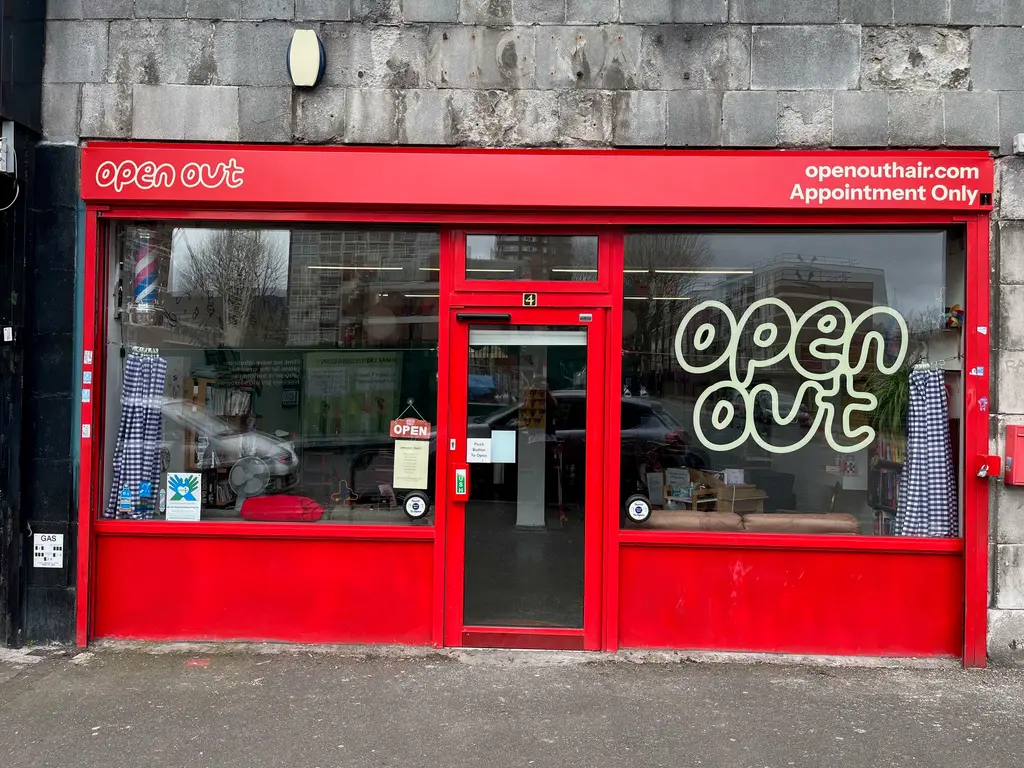
Meet the trans-led hairdressers providing London with gender-affirming trims
Open Out — Since being founded in 2011, the Hoxton salon has become a crucial space the city’s LGBTQ+ community. Hannah Bentley caught up with co-founder Greygory Vass to hear about its growth, breaking down barbering binaries, and the recent Supreme Court ruling.
Written by: Hannah Bentley
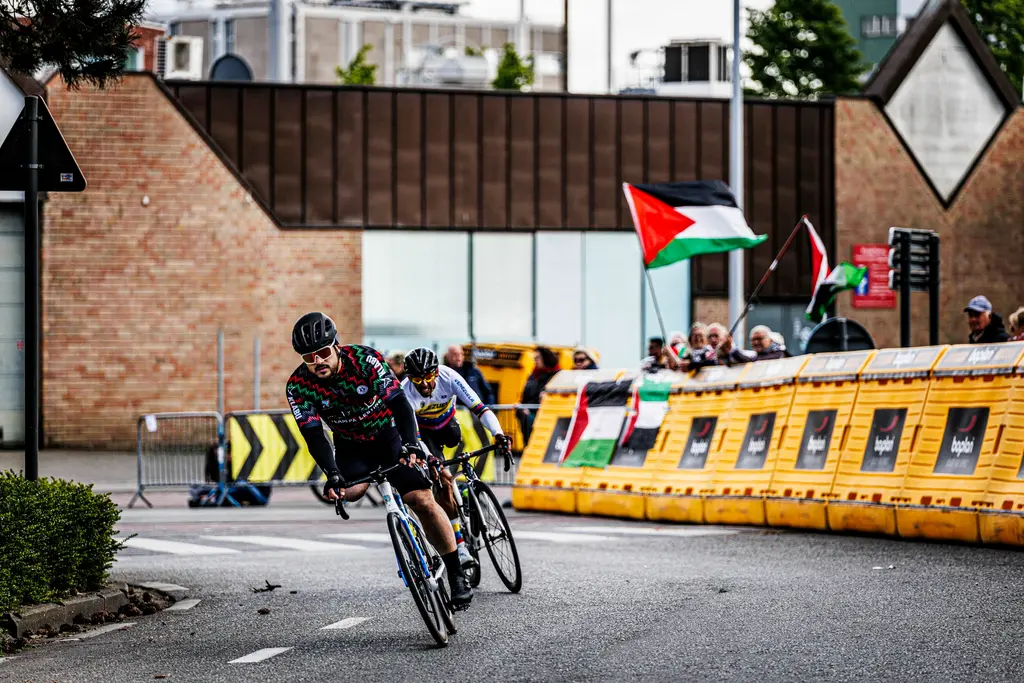
Gazan amputees secure Para-Cycling World Championships qualification
Gaza Sunbirds — Alaa al-Dali and Mohamed Asfour earned Palestine’s first-ever top-20 finish at the Para-Cycling World Cup in Belgium over the weekend.
Written by: Isaac Muk
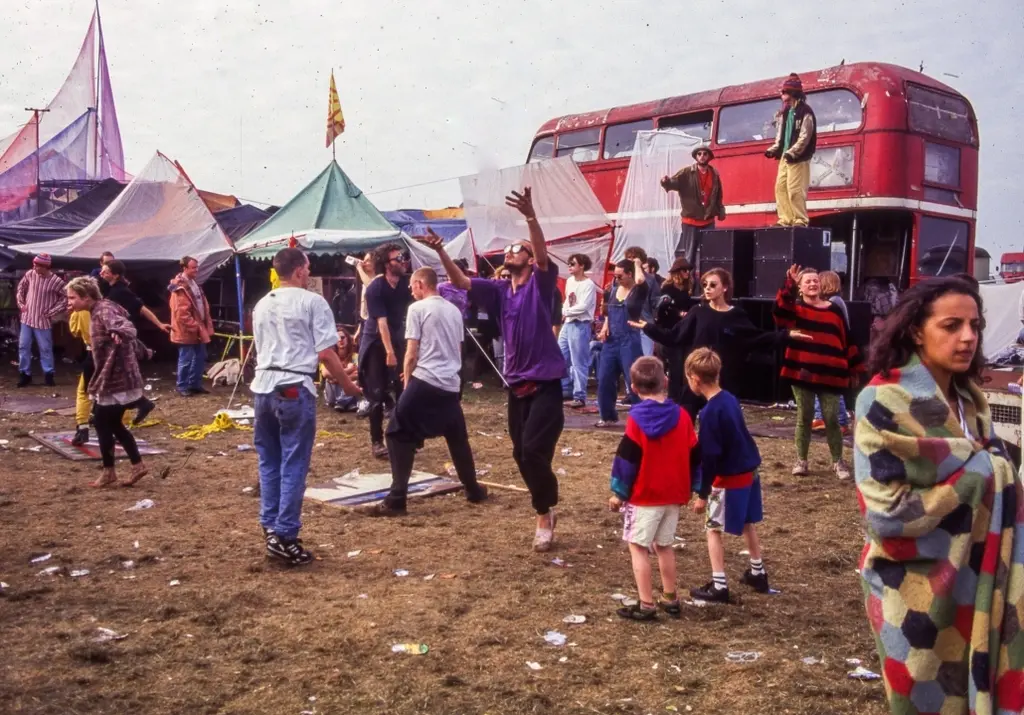
New documentary revisits the radical history of UK free rave culture
Free Party: A Folk History — Directed by Aaron Trinder, it features first-hand stories from key crews including DiY, Spiral Tribe, Bedlam and Circus Warp, with public streaming available from May 30.
Written by: Isaac Muk
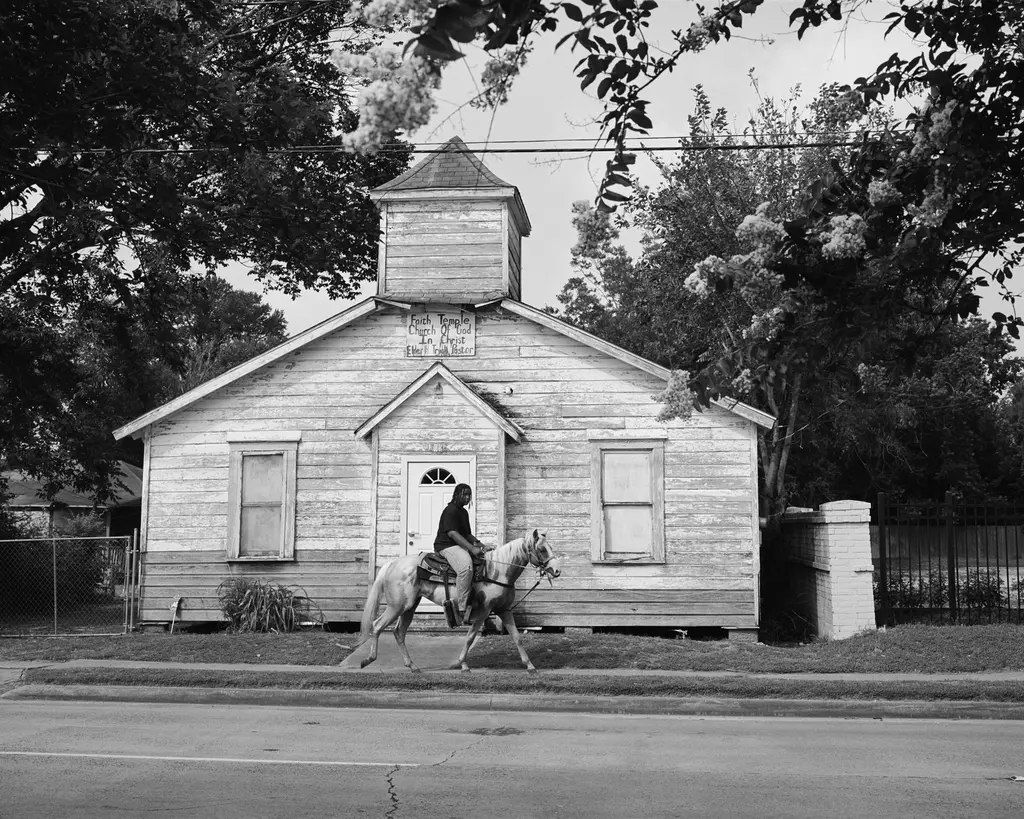
Rahim Fortune’s dreamlike vision of the Black American South
Reflections — In the Texas native’s debut solo show, he weaves familial history and documentary photography to challenge the region’s visual tropes.
Written by: Miss Rosen
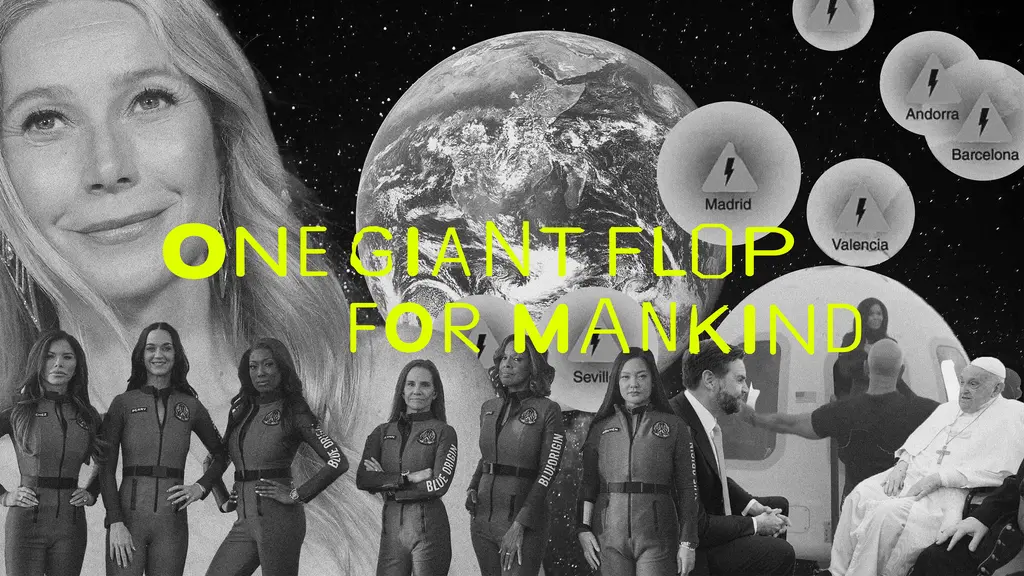
Why Katy Perry’s space flight was one giant flop for mankind
Galactic girlbossing — In a widely-panned, 11-minute trip to the edge of the earth’s atmosphere, the ‘Women’s World’ singer joined an all-female space crew in an expensive vanity advert for Jeff Bezos’ Blue Origin. Newsletter columnist Emma Garland explains its apocalypse indicating signs.
Written by: Emma Garland
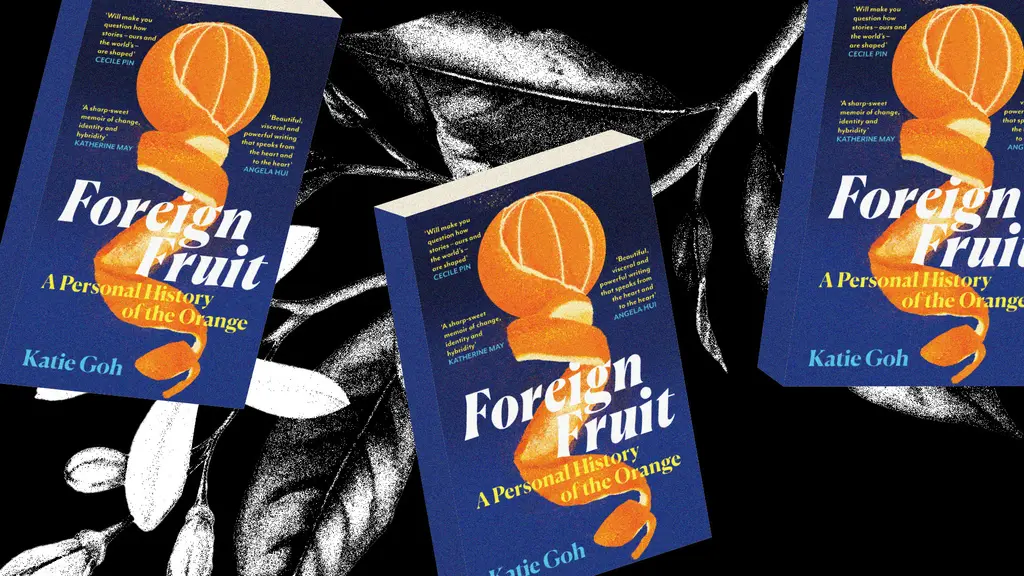
Katie Goh: “I want people to engage with the politics of oranges”
Foreign Fruit — In her new book, the Edinburgh-based writer traces her personal history through the citrus fruit’s global spread, from a village in China to Californian groves. Angela Hui caught up with her to find out more.
Written by: Katie Goh

